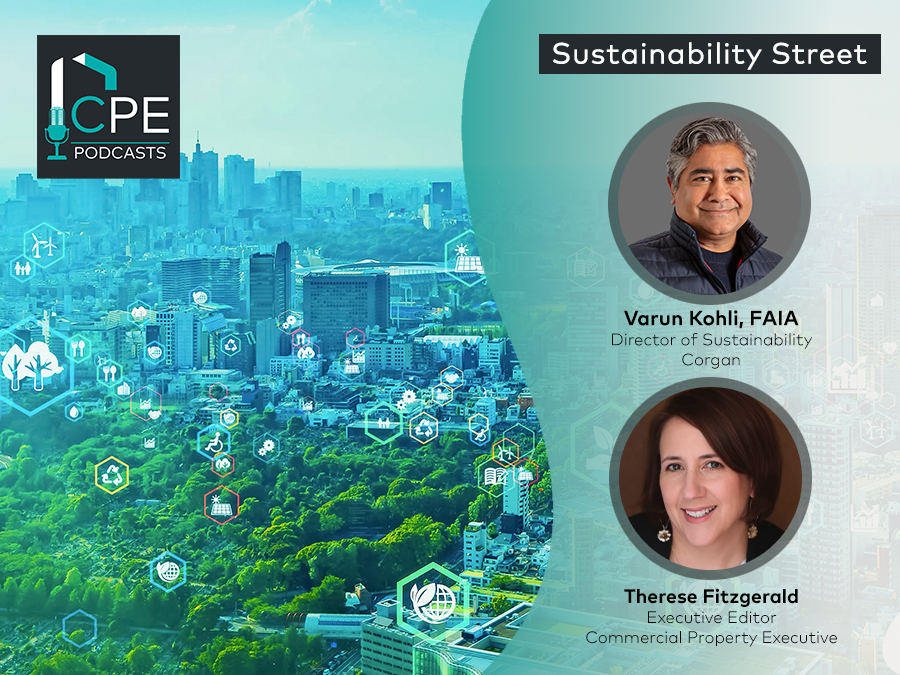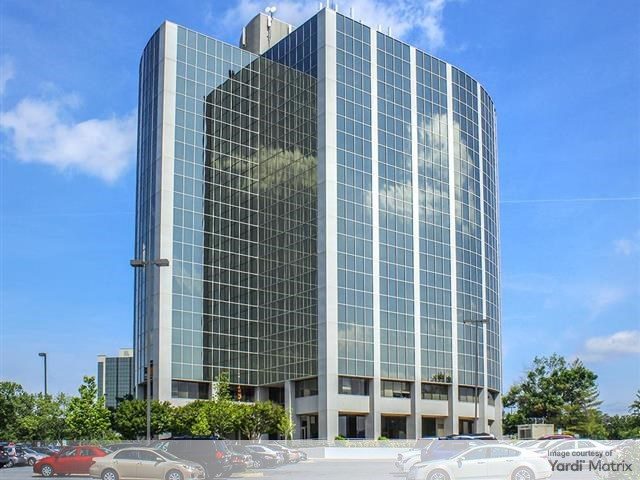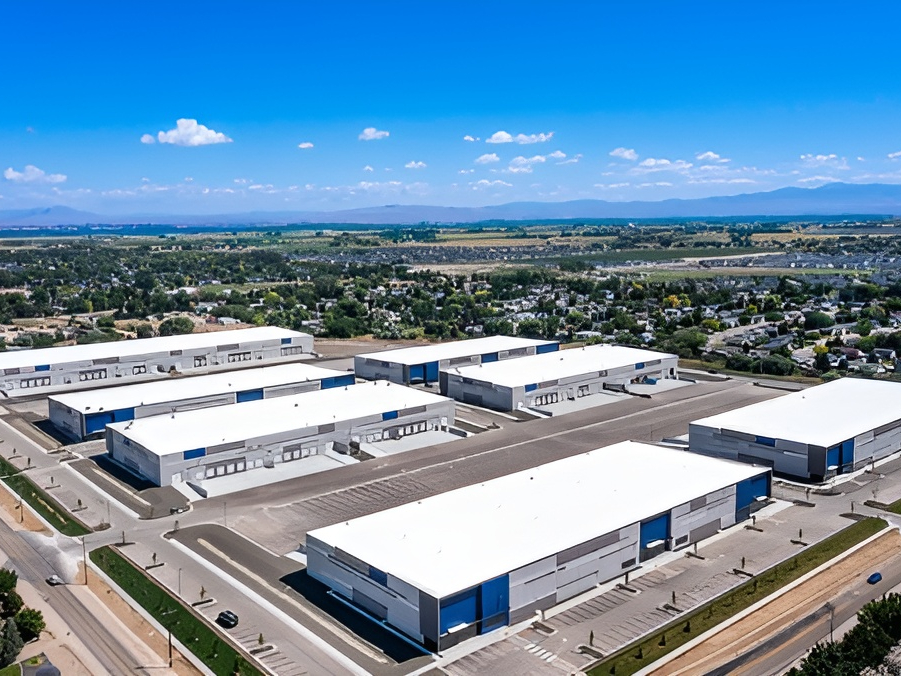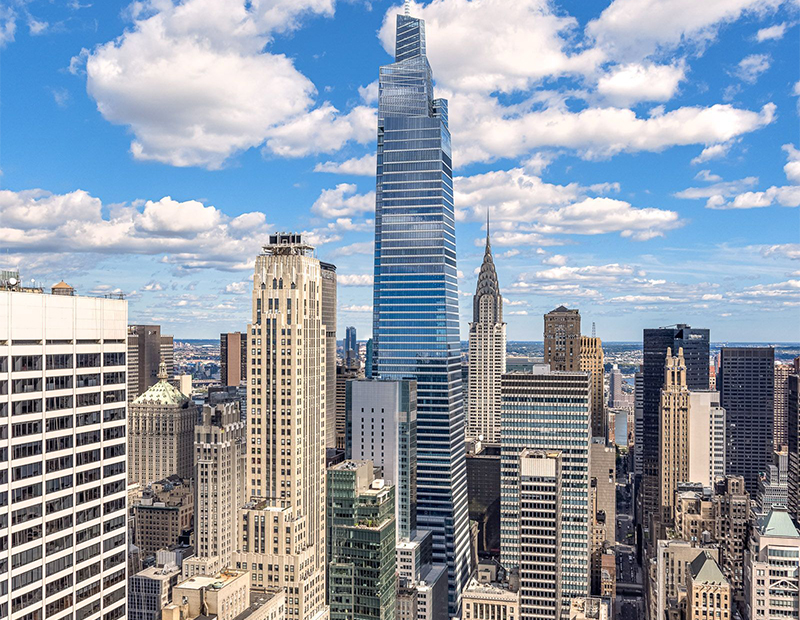Development on Patricia and Phillip Frost Museum of Science Moves at Fast Pace
Construction on the Patricia and Phillip Frost Museum of Science has reached another milestone, with more than 75 percent of the plaza deck poured, supports for the first level of the Gulfstream aquarium installed, and the lower half of the planetarium structure complete.
By Georgiana Mihaila, Associate Editor
Construction on the Patricia and Phillip Frost Museum of Science has reached another milestone, with more than 75 percent of the plaza deck poured, supports for the first level of the Gulfstream aquarium installed, and the lower half of the planetarium structure complete.
The Museum’s debut in 2015 will mark the capstone of downtown Miami’s new Museum Park complex, serving as a cultural destination and economic engine in the city’s urban core. To date, approximately 13,000 cubic yards of concrete have been poured, enough to fill the area of a football field almost 10 feet high.
Progress on the development will continue at a rapid pace over the next six months, with the plaza, planetarium and Gulfstream aquarium all expected to be completed by the end of the year. Once complete, the planetarium will be over 60 feet in diameter and the height of a five-story building. Made entirely out of acrylic, the aquarium lens will be the largest of its kind in the world. According to Frank Steslow, chief operating officer of the Miami Science Museum, the shape, thickness and configuration of the tank will all work together to create the illusion of no walls—as though one was looking straight up into the Gulfstream.
Community support continue to grow. The Museum has managed to secure more than $70 million in pledges of its $100 million private fundraising goal, which will complement Miami-Dade County’s $165 million funding.
The 250,000-square-foot complex aims at becoming one of the world’s most innovative and sustainable science museums. The building will harvest water and harness energy from sun, wind and even Museum visitors to power exhibits and conserve resources. The Museum will be structured around a lushly landscaped indoor and outdoor “living core” of terrestrial and aquatic environments, featuring an aquarium experience totaling over 500,000 gallons, a full dome planetarium, interactive exhibits, innovative technology and two additional wings of exhibition space, the Knight Learning Center, Innovation Center and cafes.
Images via the Museum’s Official Blog








You must be logged in to post a comment.